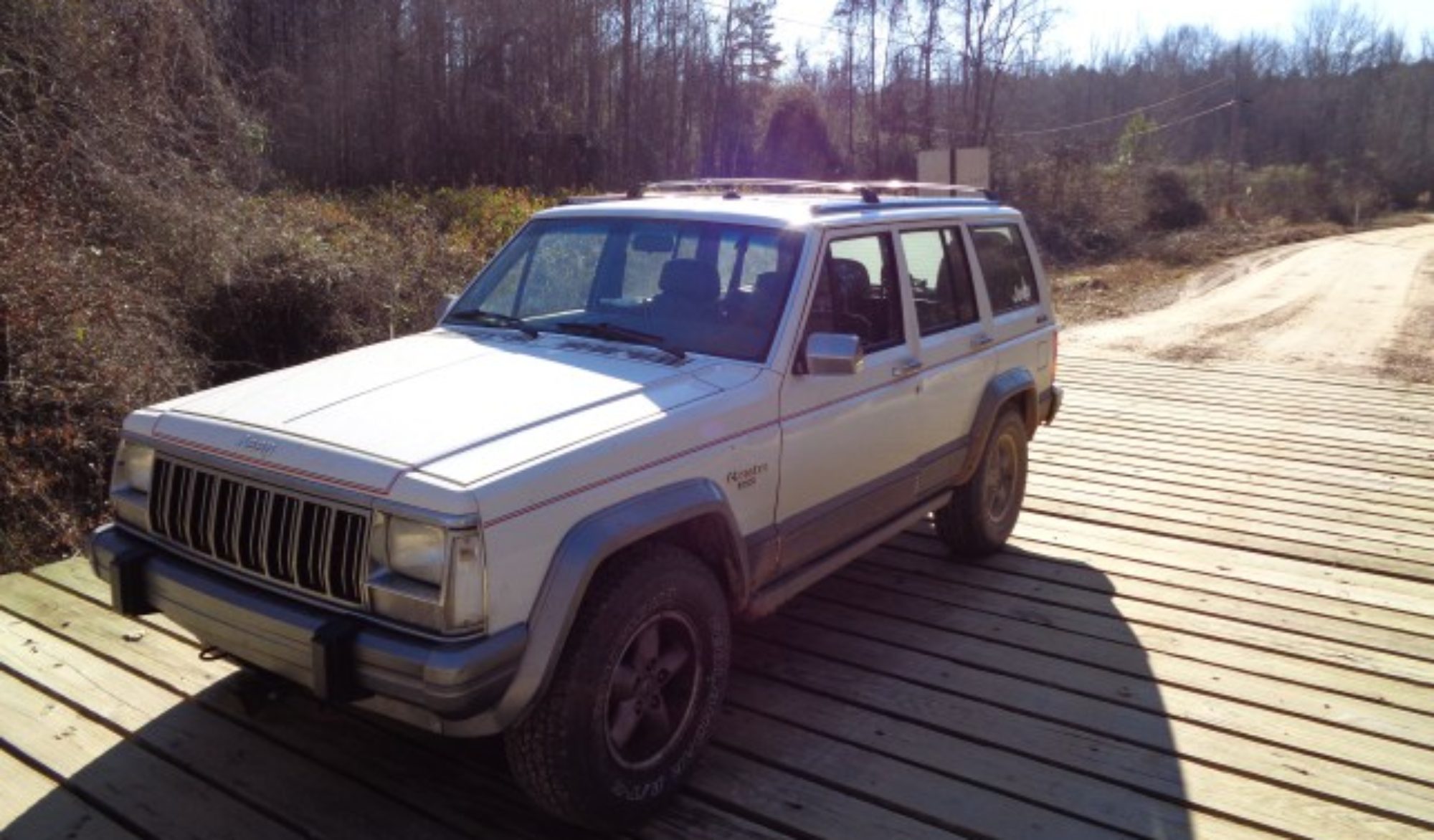After hauling our Chump Car racer to Charlotte, I felt he current brakes were inadequate. They are over 20 years old but have new magnets and drums. Still he same old shoes however. When they were new, they would lock the wheels easily. Now even with full voltage applied, they will not quite lock even withe trailer empty.
My first upgrade was to install a new brake controller. I got one with a “boost” feature that really helped liven up the old brakes. However, the instructions boldly said not to use the boost feature to compensate for weak brakes.
I was about to buy new brake shoes when I discovered that for just three dollars more, I could get a whole new backing plate with a new magnet and new shoes installed. I then decided that since I was getting new plates, I could just put them on the other axle that does not have brakes. Then I would have four brakes instead of two. I just needed to add new drums to the order. I also discovered that the non braked axle did not have the mounting flange installed so I had to buy that as well. So my brake relining job quickly escalated.
When the big box arrived, I began by pulling the rear wheels up on ramps allowing the front axle to hang free. I removed the wheels and the hubs. I then pulled the rusty U bolts and removed the axle from the trailer. This step allowed me to carry the axle to the welding table instead of trying to bring the welder to the trailer.
I found the mounting tab fit nicely into a ridge on the spindle like it was mode for it. I test fit he backing plate and drum to confirm that was the right place. I had to clean some rust off the spindle surface to make it fit right and to get a good weld. I put a bead around the back on each flange. I made sure it was lined up square with the spring perch. I used masking tape over ht bearing surface of the spindle to protect it while grinding and welding.
I then reinstalled the axle. I bought new U bolts but they did not fit so I ended up reusing the old ones. I chased the threads with a die first.
My first glitch came when I discovered the brake plates did not come with nuts. They were 7/16 – 20 so not something I had in stock. I made it to Home Depot at 8:58pm to buy some.
The baking plates fit perfectly on the mountings flanges. I then greased and installed the new bearings that came with the new drums. I then discovered the new drums did not come withe a new castle nut washer or key. I reused the old nut and washer and used a new key from stock. I had trouble getting one of the new caps on so I reused one old cap.
Next came wiring. I was not looking forward to crawling under the trailer to run wires. So I spent a few minutes figuring a way to put the trailer on my car lift. It fits between the post with only an inch to spare. The arms can’t swing under the frame because they hit the tires. I ended up using some pipe to span the gap between arms and lifted the trailer that way. I did not try to thread the wire inside the axle tube although there are holes for this purpose. I just taped it to the outside of the axle tube.
I ran new blue wire from the new magnets to the front of the trailer and used a sheet metal screw to secure the ground side to the trailer frame. I know the instructions say to run a separate ground wire; but the old brakes have been wired this way for over 20 years and they get plenty of current to the magnets. I spliced into the other brake wire right at the connector. I may add a switch here later as the front wheels often don’t touch when towing the trailer empty.
A quick test pull showed that the new brakes give me a lot of confidence when towing. It feels much safer now knowing I actually have reserve stopping power and am not using all the brakes just to make a normal stop.






 J
J






